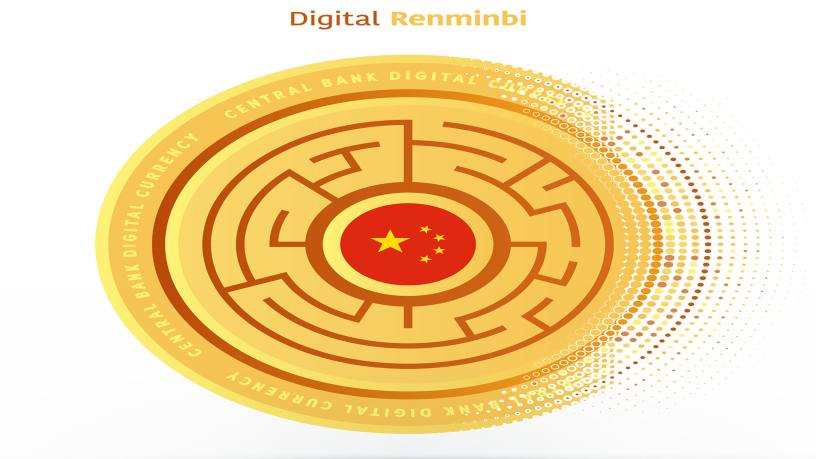China has made great strides in its bid to develop a central bank digital currency (CBDC) and lay the foundations to make the digital renminbi a global reserve currency, though there remains a long way to go, according to a report released by French bank Natixis on June 9.
E-yuan pilot schemes have been running in various Chinese cities over the past year, ahead of a planned wider rollout at the Beijing Winter Olympics in 2022.
The People’s Bank of China (PBOC) has set up a joint venture with global financial messaging network Swift and also conducted experiments on cross-border use with central banks in Hong Kong, Thailand and the United Arab Emirates.
“By fostering the cross-border acceptance of its digital currency, China is hoping to lay the groundwork to eventually bypass the use of the dollar,” says Alicia García-Herrero, chief economist for Asia-Pacific at Natixis.
At present, about 2% of global transactions are denominated in renminbi, compared to almost 40% in the US dollar. Moreover, only 2% of global foreign exchange reserves are denominated in renminbi, compared to more than 60% in the US dollar.
[China’s] banks know that their future as holders of deposits is in the hands of the PBOC and that the central bank could eventually bypass them
According to the Natixis report, the internationalisation of a currency requires key conditions to be fulfilled, namely: preserving its value, through price stability; offering a large pool of highly liquid assets; and allowing full capital account convertibility for money to instantly flow in and out of renminbi.
Therefore, one of main challenges the PBOC faces is how to maintain control of monetary policy, while at the same time keeping the exchange rate “controlled and non-convertible”, Ms García-Herrero says. “[At the moment] they can’t square the circle. The PBOC hopes this will change with a digital currency. [The e-yuan] offers the potential for traceability as opposed to cash, which makes it possible to manage the ins and outs of capital flows.”
Controlled anonymity
The e-yuan’s traceability has been designed with “controlled anonymity”, according to the Natixis report. It could be token-based, using an anonymous digital wallet on a mobile phone.
Unlike cash, digital money leaves an electronic record, even if the holders of token-based digital currency cannot be directly identified by the central bank. Moreover, real-time information on money flows could be an important source on which the PBOC could formulate its monetary policies.
Ms García-Herrero says China has developed at least one distributed ledger technology (DLT) platform. “Although it uses blockchain technology, it has a record of every transaction carried out in the digital currency,” she says.
Over time, a wide range of financial institutions could be given access to the e-yuan by the PBOC, allowing them to use their own tokens or payment systems to move the currency around.
“At the end of the day, a token still belongs to the PBOC. This is quite scary for financial intermediaries such as banks because it means that if the PBOC wanted to, it could potentially bypass the banking sector and use that token for every single payment,” Ms García-Herrero says.
“In other words, every single individual could potentially have a token and access the balance sheet of the PBOC. The PBOC could then decide to charge interest to hold the digital currency, which would discourage its use, or even pay interest,” she adds.
“[China’s] banks know that their future as holders of deposits is in the hands of the PBOC, and that the central bank could eventually bypass them. This is very important because it gives the PBOC humongous power — which it may not use, but could if it needed to.”
Continue reading: How will CBDCs change international payments?












